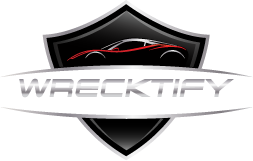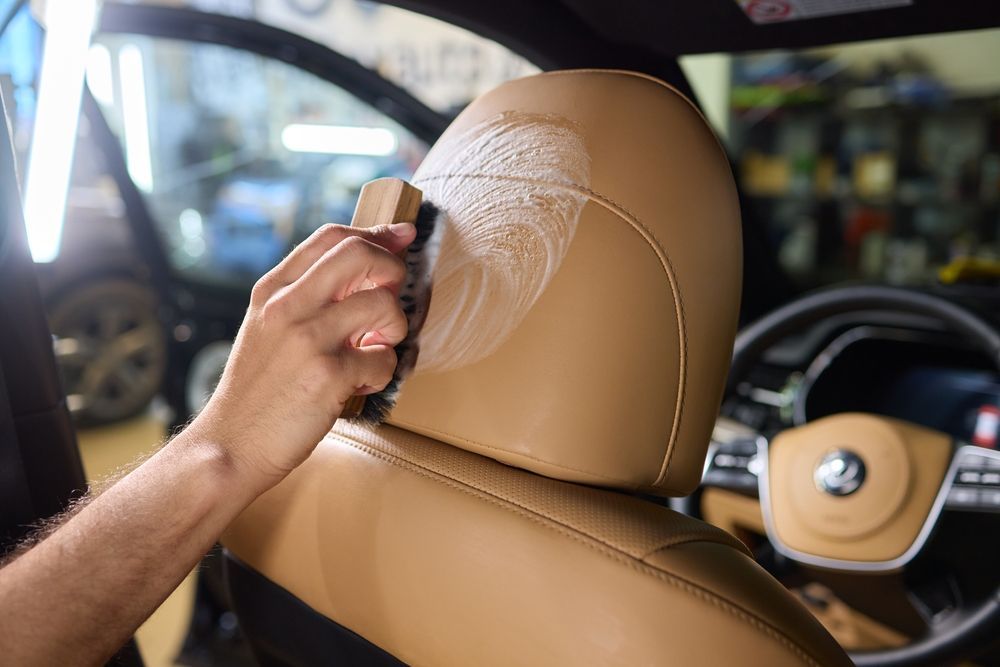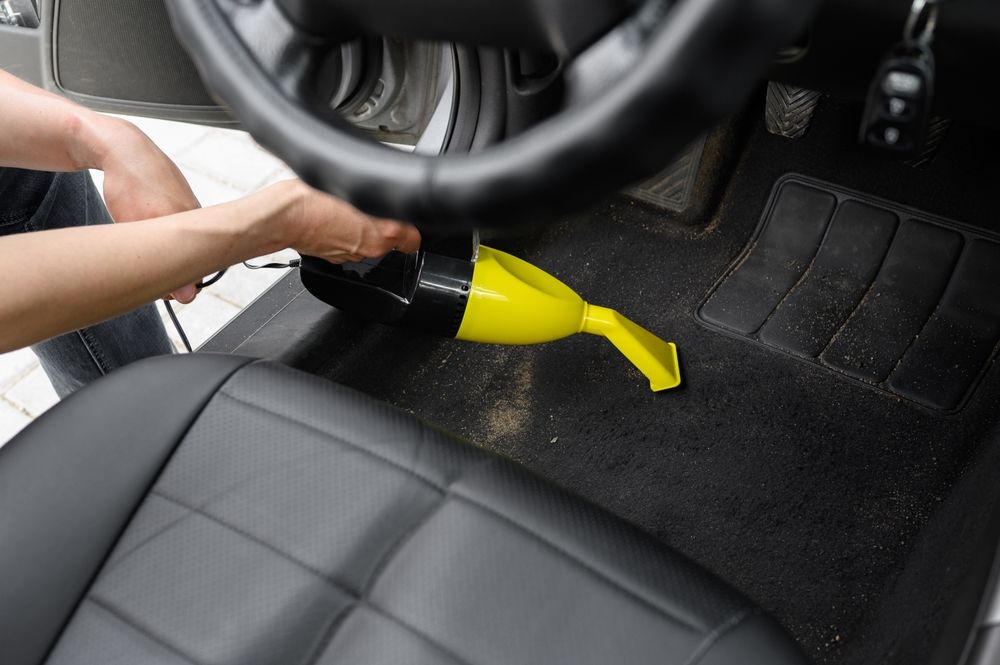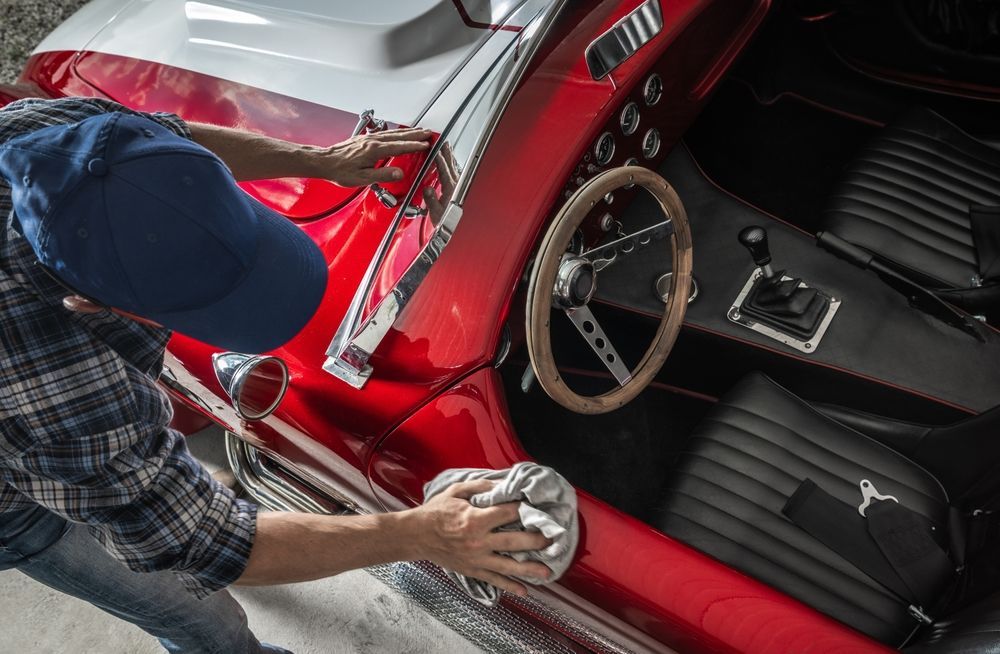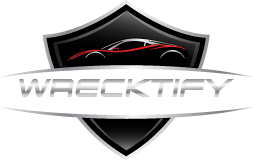Classic Car Restoration Tips
Share this article:
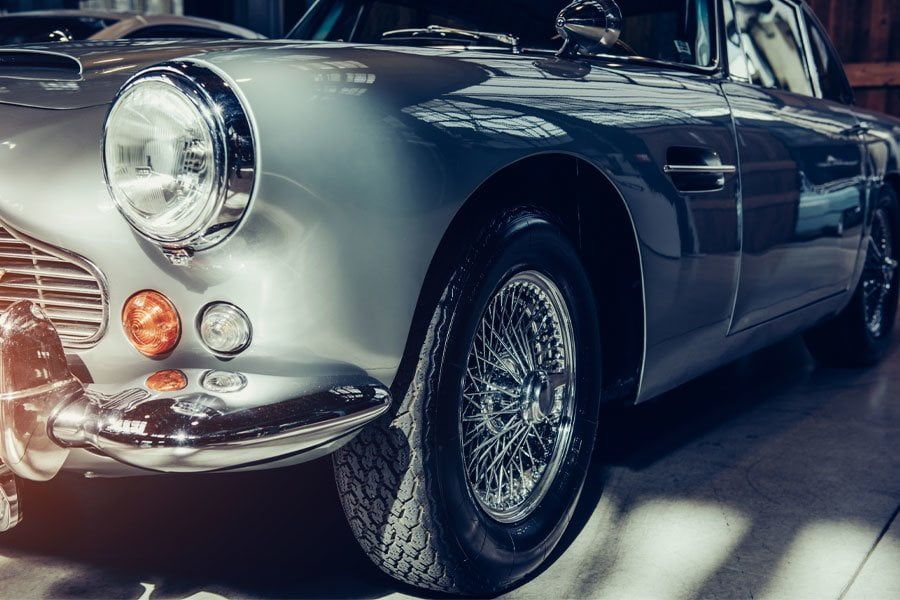
More work goes into car restoration than meets the eye, and it can be overwhelming for someone new to the game. If you’re beginning a classic car restoration project for the first time, you have a long journey ahead of you. Here are five tips for getting started that will set you up for success!
Research Your Classic Car
Whether you’re trying to figure out what make and model is ideal for you or you’re simply researching how to restore a classic car you already have, this is an incredibly important step. Before you do anything with a classic car restoration, you must understand the methodology behind how the car was made so you can emulate this throughout your own project. In order to bring a classic car back to its original glory, whether or not you’re putting your own spin on it, you should at least take inspiration from the car’s creation process.
Budget Your Restoration
Restoring a classic car demands meticulous planning to ensure your project stays financially feasible. Begin by researching the condition of your chosen vehicle and estimating the costs of necessary parts and services. For basic cosmetic repairs and a fresh coat of paint, expect to spend anywhere from $5,000 to $20,000. Allocate at least 20% of your budget, accounting for unforeseen expenses, creating a buffer. Prioritize your restoration goals to focus on essential tasks and seek estimates from restoration professionals to refine your budget. Stay disciplined throughout the process by tracking expenses and adjusting priorities if unexpected costs arise. With careful planning, you can bring your classic car dream to life without overspending.
Consult with Restoration Experts
There’s no better way to ensure success in theexecution of your classic car restoration than to get opinions and advice froma professional. They understand the ins and outs of cars in a way few otherscan, so they’ll be able to give you detailed help and lesser-known tricks ofthe trade. Plus, they can give you tips tailored to your specific projectinstead of the vague and broad advice you’ll find on the internet.
Gather all the Necessary Tools & Supplies
A restoration project requires a considerable amount of preparation, especially in terms of obtaining the necessary tools and space you’ll need. For instance, a normal toolset may get the job done for simple at-home car repairs, but rebuilding a vehicle necessitates a broader collection of tools and devices. You also need a designated space for the project, as contamination from dirt and even heat or humidity can alter the final product.
Create a Project Timeline
Not only is the preparation process a project within itself, but the actual
restoration of a car is an incredibly time-consuming endeavor. The best way to begin the process is by putting together a timeline or schedule to help you stay on task. This will help you avoid fixating on or avoiding a certain portion of the car restoration, increasing the efficiency with which you execute each step.
Follow Through
Classic car restoration can be tedious, which may cause some people to lose interest and drop the project altogether. It’s important for you to stay consistent with your efforts. Don’t go too fast or too slow, so you don’t fizzle or burn out. If you don’t know what to do or how to do it, ask for help instead of throwing in the towel. Visit a
professional technician for expert advice and assistance so you’renot embarking on this journey alone.
Start Today with Wrecktify Collision & Restoration
The name of the game is research and preparation when it comes to classic car restoration. For advice from trustworthy professionals, visit a shop that specializes in restoration projects, like
Wrecktify Collision & Repair! We can’t wait to see what restoration project you’ll think of next.
Connect with us:
